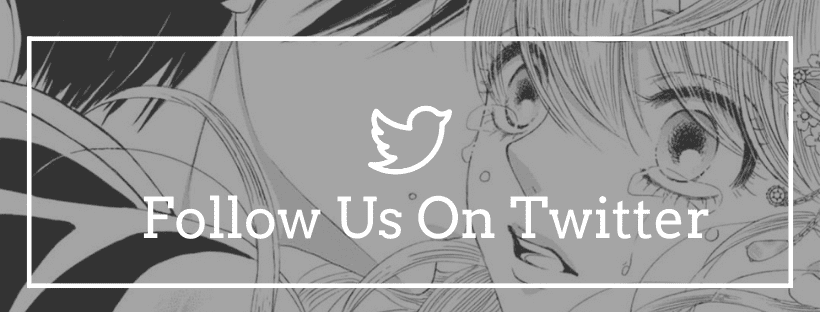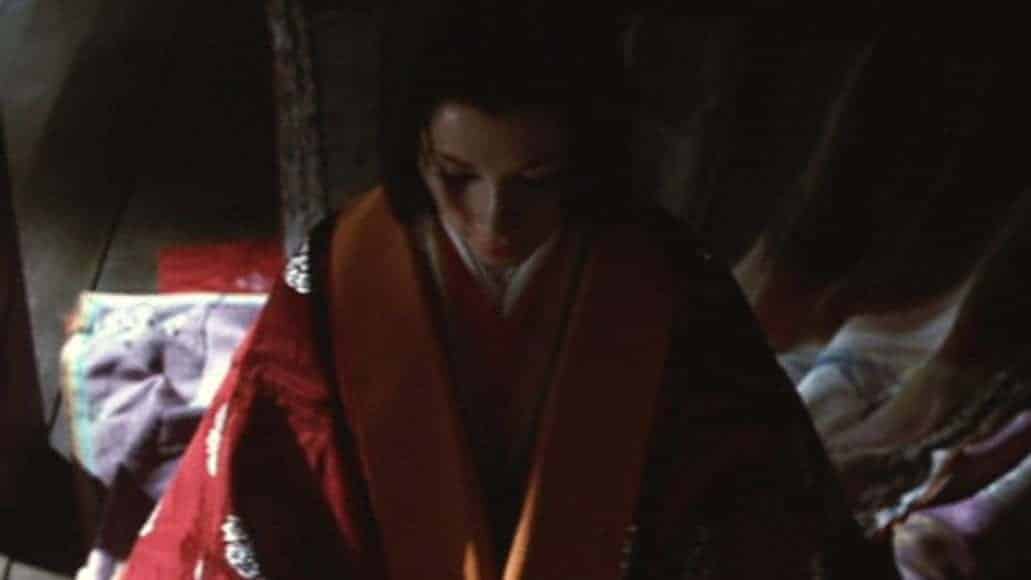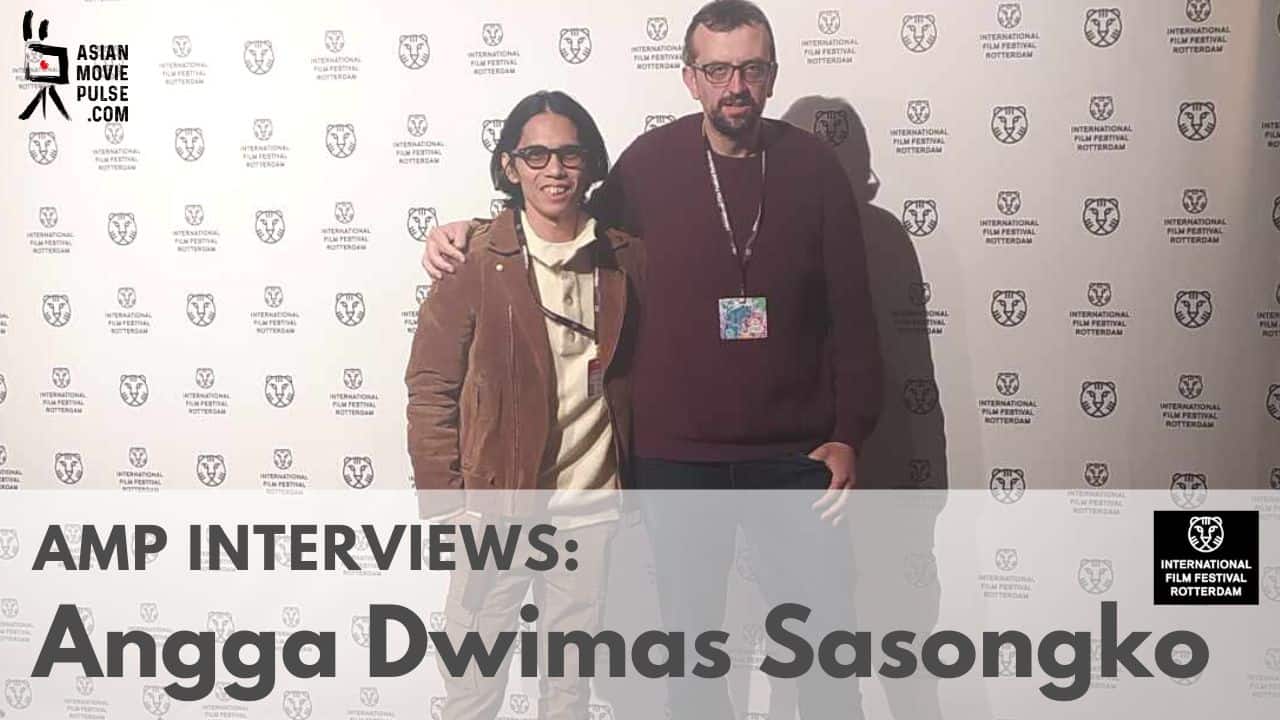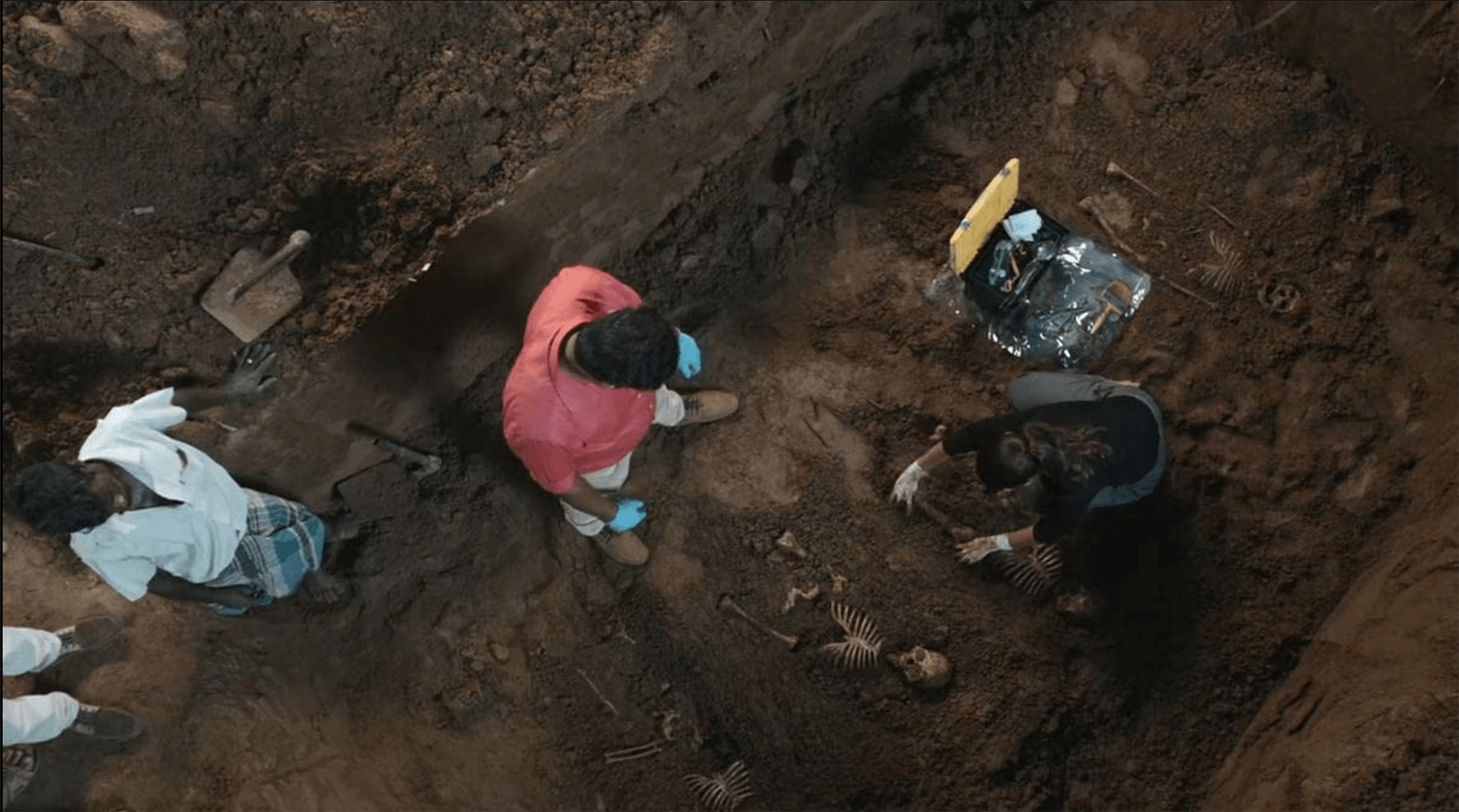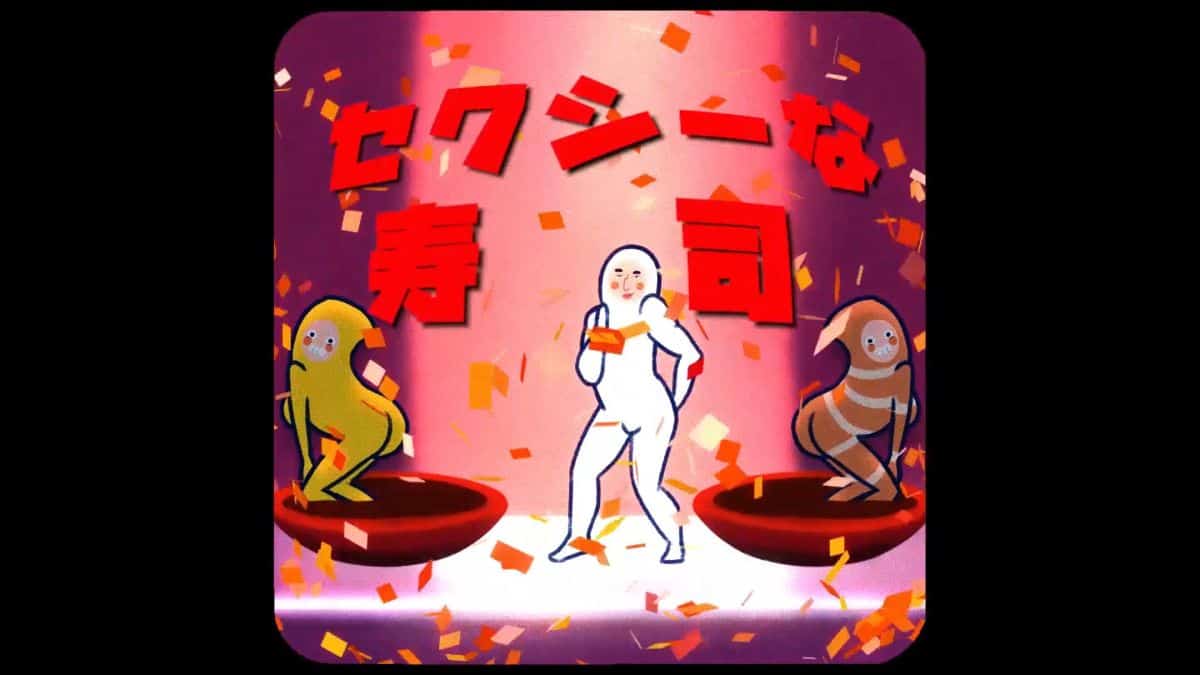Paolo Chikiamco is a Filipino writer of prose, comics, and interactive fiction. He is the editor of “Alternative Alamat” and his work has been published in anthologies such as “The Sea is Ours” and “The Best of Philippine Speculative Fiction”, while his interactive wrestling novel “Slammed!” was released by Choice of Games. In the field of comics, he's the co-creator (handling the writing duties) of Mythspace (ABLAZE), “A Sparrow's Roar” (BOOM! Studios), and “Muros: A Cemetery Girl”. He has also served as a judge for the Graphic Literature category of the National Book Awards and is the creator of the #RP612fic Twitter hashtag.
“Mythspace: Ignition” is a graphic novel collection of six stories exploring a universe where the old tales of monsters and folklore creatures from the Philippines – Tikbalangs, Kapres, Manananggals – were inspired by actual alien civilizations. From a young man's journey into myth, to a Kapre war, to a Manananggal coming of age, these stories (now depicted in full-color) will take readers on an unforgettable journey both strange and familiar.
First off, please tell us how you would describe Mythspace to a comic book fan.
Mythspace is a space opera with two fundamental differences – it is made by Filipino creators, and each alien race is a reimagining of a creature from Philippine folklore. There are six stories in the volume, each one with a different artist, a different subgenre (ranging from a heist to a war story, to a mecha vs monster battle), and focuses on a different aspect of the shared universe. Each of these stories can be read alone, but reading them together creates a layered understanding not only of the other stories in the volume, but the interconnectedness of the universe.
Can you please tell us a bit of your background and how you got interested in comics?
I grew up reading comics, but I never even considered the possibility that I could be a comics creator until I read “The Mythology Class” by Arnold Arre. This was not only my first exposure to a Filipino comics creator, this was my first experience of Philippine mythology and folklore reimagined. It blew my mind and awakened me to the possibility of genuine Philippine representation in the genres that I love, and that's the goal I've been chasing ever since I became a writer.

As an editor working with multiple artists, how much input did you have into the way that they shaped the world you created? Did you find the process of working with different creative individuals easy?
Mythspace is fundamentally a collaborative effort, and all of us were involved from the very beginning. The words may be mine, and I'm the one that spins the multiple threads together since I'm involved in all the stories, but we built the basics of the universe before we started on the individual stories, and all of us were involved in that. Every development in the lore is aired before the whole group, before it gets put into an individual story, and everyone gets the chance to comment and suggest. So the world was very much co-created, and each of us are equal co-creators. That collaborative aspect is what makes the process – while not easy – incredibly fulfilling and exciting.
Mythspace combines elements of folklore and Sci-fi, were there any major challenges when you were writing the work to tie the two different elements into a single story?
Not particularly, or at least not because of the genre fusion. Sci-fi has a long history of using folklore archetypes as a base for its world-building, so we were walking down a well-trodden path – it's just that few have tried it with Philippine folklore and mythology before. The tricky part was avoiding easy transposition and finding interesting pseudo-scientific ways to explain the characteristics these creatures and monsters had from folklore, in a way that would make them fit into a world of sci-fi instead of fantasy.
Are there any plans to expand the world you created beyond the initial planned Kickstarter?
We'd love to do that. One of the reasons that the Kickstarter campaign is so important is that we can use it to show that there is a demand for stories like Mythspace and that more Mythspace stories would help satisfy that demand.

It seems that as the manga industry grows it has opened opportunities for other Asian countries to have their voices heard on a global platform, TRESE being a prime example of the Western audience being introduced to comics from the Philippines in a big way. Do you see a shift in the industry there, in both growth and marketing?
Manga has been an immense influence on Philippine comics, and more than the doors it has opened, the inspiration manga and anime have provided for generations of Filipino creators cannot be overstated.
Trese has had a direct and immediate influence on the amount of attention that Filipino creators get from foreign shores. 2022 will see a wave of Filipino-created books with international releases. The stories and the talent have always been present here, but more visible international success will make more creators willing to see comics as a viable vocation. Coupled with rejuvenated local publishers and advocates such as Komiket, there could be a shift towards comics made for wider publication.
Are there any other Filipino artists/writers you would like to point to readers interested in comics?
I could go on for hours about that! The three I would put at the forefront of that list are Mervin Malonzo, Emiliana Kampilan, and Manix Abrera (who will be releasing his wordless comics through Ablaze.) Bong Redila's Meläg is also getting a release from Fantagraphics. There are also new Filipino works being printed in America through Diwata Komiks and Kwento Comics. But one of the effects of the pandemic, and the success of sites like Webtoons (such as Urban Animal, drawn by Filipino John Amor), has been a renewed migration to online hubs, the most successful of which for komiks is Penlab. There you can find stories of all sorts, from both up-and-coming creators and previews of work by established favorites. Some favorite titles you can find/preview there are Sol Dalusung, Aswang High, Champion of the Rose, and Crime-Fighting Call Center Agents.

What advice would you give to others looking to try their hands in the industry? What are the major challenges for aspiring artists and creators in the region?
Comics I've found to be very much a trade where learning is quickest through doing. It's important to study the craft from a technical angle – there are plenty of resources to guide a creator towards understanding visual storytelling – but the lessons don't really stick unless you put them into practice. Make your stories, be willing to put them out there, accept feedback humbly but with a critical mind, then go make more stories without self-rejecting. That's the best cycle for self-improvement.
One of the major challenges is that even with a greater role for remote meetings and virtual conventions post pandemic, we are still at a disadvantage when it comes to making connections and networking in the wider industry. But if you make a good enough story, and fine an appreciative audience, there are more ways than ever before to take your stories to your readers and for your readers to support you.
Where can people learn more about your work, as well as the Mythspace project?
I'm on Twitter at @anitero but for Mythspace news, they can follow our Facebook page or our Twitter account. Our Kickstarter page also has extensive discussion of the stories in Mythspace: Ignition, and you can find that here.



